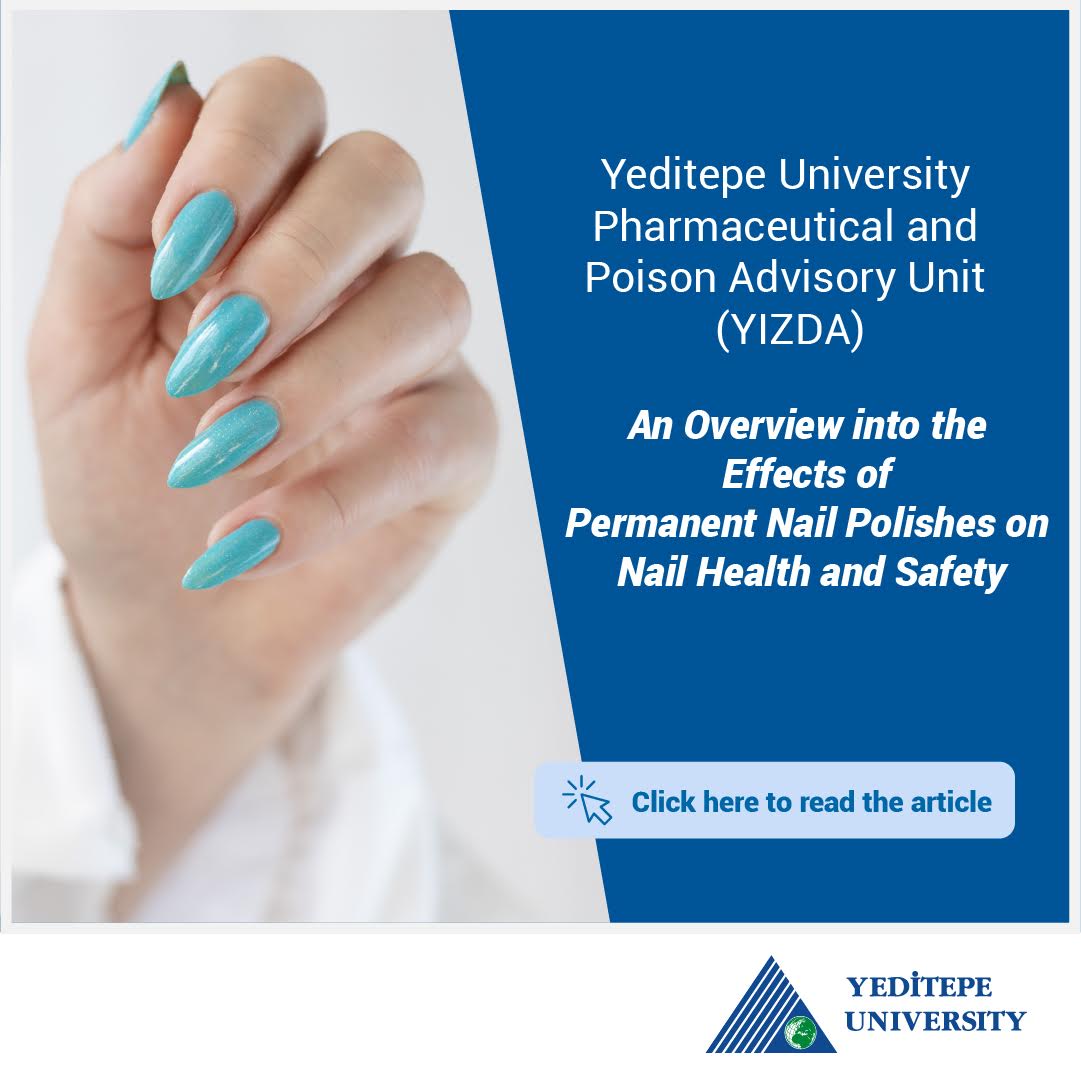The Hidden Danger in Gel Nails: Durable but Stealthily Compromising Our Health

A Look at the Impact of Permanent Nail Polish on Nail Health and Safety
In recent years, the nail polish industry has attracted many with its development of colorful, shiny, and longer-lasting techniques. Traditional nail polish is applied on the nail surface in several coats and then air-dried. This type of polish is a polymer dissolved in a solvent. During the drying process, the solvent evaporates, and the polymer hardens. It can be quickly and easily removed with acetone-based nail polish remover. Since acetone can dry and damage, reducing contact time can mean less harm to the nail surface, skin, and cuticles. These polishes are not long-lasting and can stay intact on the nail surface for an average of a few days without deteriorating.
Generally, traditional polishes do not contain five specific substances: formaldehyde, toluene, dibutyl phthalate, formaldehyde resin, and camphor. Formaldehyde is a preservative recognized by the National Cancer Institute as a potential carcinogen and is also among the most common substances causing allergic contact dermatitis. Formaldehyde resin, dibutyl phthalate, and toluene can also cause allergic contact dermatitis.
Gel polish is applied to the nail and almost instantly dried and hardened under a UV (ultraviolet) or LED (light-emitting diode) lamp. During UV exposure, photopolymerization occurs, and the polish hardens. Most UV lamps emit ultraviolet A light, a known cause of cellular damage and aging, increasing the risk of skin cancer. Some alternative lamps emitting LED light may also emit a certain amount of UV light.
Gel polishes consist of 75% to 95% urethane, (meth)acrylates, 0.75% to 1.25% dimethyl-polyamine as catalysts, 1% to 4% photopolymerization photoinitiators, and coloring agents. These substances can cause allergic reactions such as contact dermatitis and hives. Recently developed hybrid formulations generally contain cellulose derivatives, plasticizers, and solvents.
While gel polishes are colorful and shiny and can stay on the nail surface for up to 5-6 weeks, facilitating daily life, they cannot be directly removed with nail polish removers. Removing them involves applying 100% acetone to the nail surface and aggressively scraping and peeling off the polish, significantly damaging the nails.
So, what can we do to have bright, colorful nails without compromising health? Prefer traditional polishes as much as possible. You can apply nourishing oils around the nail surface and reduce the frequency of polish application to allow the nail surface to rest. If you choose to use gel polish, considering the damages can vary depending on the frequency of application, opt for professional application at lengthy intervals. You can minimize potential damage during UV light curing by applying sunscreen to your hands.